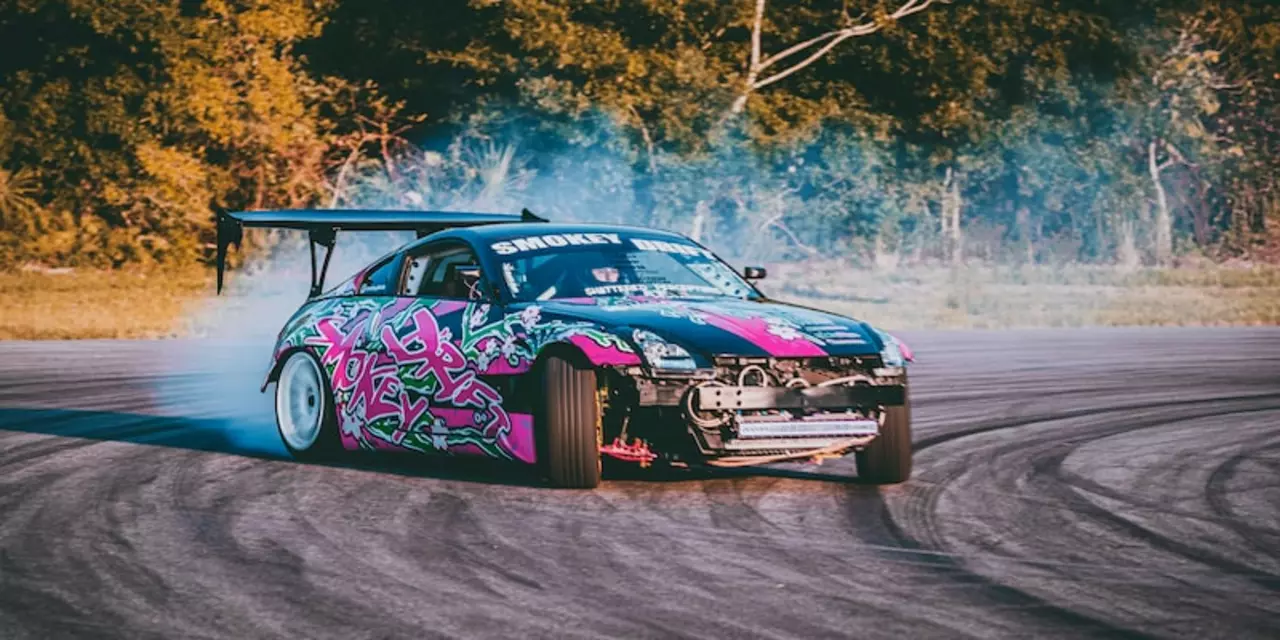Drifting in Rally: How Cars Slide Around Corners and Why It Matters
If you’ve watched a rally stage and seen cars sideways‑steering through tight bends, you’ve seen drifting. It looks wild, but it’s not just for show – it’s a tool that helps drivers keep momentum on loose surfaces. Let’s break down what drifting really is, why rally drivers use it, and how you can start practicing it safely.
How drifting works on a rally stage
Drifting is basically a controlled loss of traction. When a driver turns sharply on gravel or snow, the rear wheels are pushed out of line with the front. Instead of fighting the slide, the driver balances throttle, steering and brake inputs so the car stays pointed where it needs to go.
The key is weight transfer. Pressing the brake or clutch shifts weight to the front wheels, giving them more grip. At the same time, a little gas keeps the rear wheels spinning, preventing them from locking up. The driver then steers into the slide – often called “counter‑steering” – to keep the car on the intended line.
Rally cars are set up for this. Sequential gearboxes let drivers shift quickly without taking their hands off the wheel. Suspension is tuned to absorb bumps while still allowing the wheels to move enough for a slide. And the tires are chosen for a mix of grip and slip, so they bite when needed but let the car rotate when the driver wants it to.
Tips to start mastering drifting
1. Pick the right surface. Start on a low‑traction area like a wet parking lot or a smooth gravel patch. Dry asphalt is too sticky for early practice.
2. Use a car you can afford to slide. A front‑wheel‑drive hatchback or a modest rear‑wheel‑drive sedan works fine. You don’t need a high‑end rally spec car to learn the basics.
3. Get the feel of the throttle. Light gas keeps the rear wheels rotating without spinning them all the way. Too much throttle throws the car into a spin; too little makes the rear stick and you lose the slide.
4. Practice the “lift‑off” and “hand‑brake” tricks. Pulling the hand‑brake briefly while turning can kick the rear out. Releasing the brake and adding a bit of gas then steadies the slide.
5. Keep your eyes on where you want to go. Your hands will follow your eyes. Look at the exit of the corner, not the point where you’re sliding.
6. Record and review. A cheap dash cam or even a phone on a mount lets you see where you made mistakes. Small tweaks to steering angle or throttle can make a big difference.
Remember, drifting isn’t about going as fast as possible. It’s about staying in control while you lose some grip. In rally, that balance lets you carry more speed through a twisty section than if you tried to brake hard and grip the whole way.
When you start to feel comfortable on a simple course, try adding bumps or switching from gravel to ice‑like paint. Each surface teaches a different nuance of weight transfer and throttle control.
Finally, always wear proper safety gear and practice in a safe, legal environment. Drifting is fun, but it can be dangerous if you’re not prepared.
With these basics, you’ll understand why rally cars drift, how the technique helps them shave seconds off a stage, and what you need to do to try it yourself. Get out, find a safe spot, and give the rear wheels a little wiggle – you might just discover a new favorite driving skill.
Why do rally cars drift around corners?
Rally cars drift around corners due to their incredibly advanced driving techniques, which enable them to take corners at high speeds while maintaining control. This is often done by transferring the car's weight, creating a balance between the front and rear wheels. This technique allows the car to maintain traction and grip, even on slippery surfaces. The driver also must use the throttle to control the car's speed and direction, allowing them to round the corner with precision. This technique is not only thrilling to watch, but it also helps the driver to maintain control and finish the course quickly.
Read More

